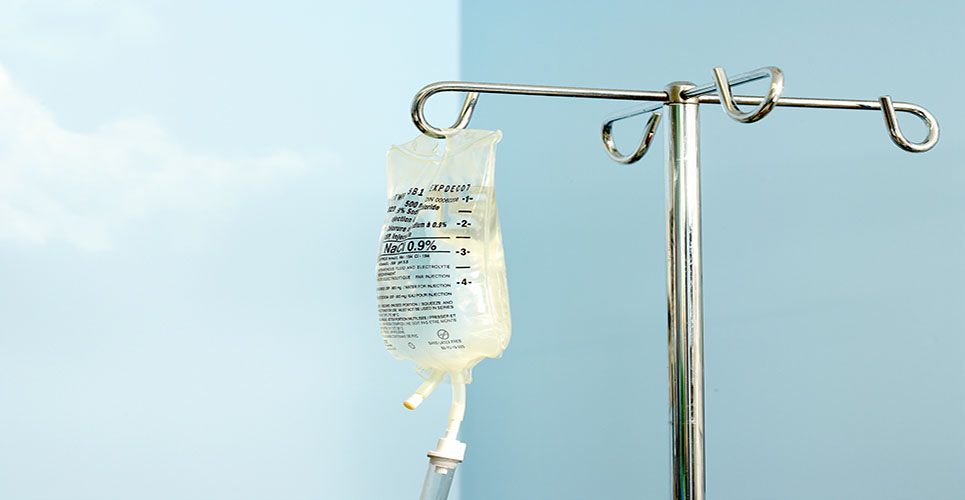teaser
A review of the syndrome of inappropriate antidiuresis (SIAD) has been published in the New England Journal of Medicine.
Thereview includes a case vignette, a discussion of the clinical problem,diagnosis, evidence supporting various treatment strategies andclinical recommendations on case management.
The reviewnotes that the only definitive treatment of SIAD is elimination of itsunderlying cause. The most important factors dictating management arethe severity of the hyponatraemia, its duration and the presence orabsence of symptoms.
The aim of treating symptomaticpatients with severe hyponatraemia known to have developed acutely(within 48 hours) is to boost serum sodium level by 1–2mmol/l/h byinfusing 3% saline; concomitant furosemide is recommended by some,though others advise avoiding it or reserving it for patients withextracellular-fluid volume expansion.
In addition, themagnitude of correction during the first 24 hours should be no morethan 8–10mmol/l, and no more than 18–25mmol/l during the first 48hours, even when the hyponatraemia is acute. An increase in serumsodium levels of <10mmol/l usually suffices to reduce symptoms andprevent complications.

Most cases of hyponatraemia oflong or unclear duration are chronic and minimally symptomatic. Unlikethose with acute hyponatraemia, these patients have a documented riskof osmotic demyelination if serum sodium is corrected by more than12mmol/l over 24 hours; this disorder begins with lethargy andaffective changes (generally after initial improvement of neurologicalsymptoms with treatment), followed by mutism or dysarthria, spasticquadriparesis, and pseudobulbar palsy.
To balance therisks of chronic hyponatraemia vs risks of rapid correction, manyauthorities recommend a modest rate of correction (increase in serumsodium 0.5–1.0mmol/l/h), using lower rates of saline infusion forpatients with symptomatic hyponatraemia of unknown duration. Many limitcorrection to 8mmol/l over 24 hours and 18mmol/l over 48 hours; closemonitoring of the rate of correction (every two to three hours) isrecommended to avoid overcorrection.
Asymptomaticpatients with chronic hyponatraemia have a low risk of seriousneurological problems, but are at risk of osmotic demyelination withrapid correction. Oral intake of urea (30g per day) is effective butpoorly tolerated; demeclocycline (300–600mg BD) reduces urinaryosmolality and increases serum sodium levels, but its effects can bevariable and it can cause nephrotoxicity; and lithium is no longerrecommended.
A new therapeutic option for SIAD isconivaptan, a vasopressin-receptor antagonist approved by the FDA in2007 for IV treatment of hypervolaemic hyponatraemia; drugs indevelopment include the oral selective vasopressin V2 receptorantagonists tolvaptan and satavaptan.
Also discussed arereversal of osmotic demyelination developing during treatment ofhyponatraemia; differentiating SIAD from cerebral-salt wasting, asyndrome of hyponatraemia and extracellular-fluid volume depletion inpatients with insults to the CNS; and prevention of postoperativehyponatraemia.
N Engl J Med 2007;356:2064-72
